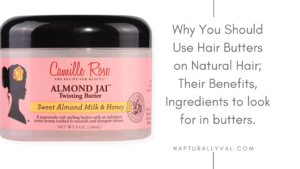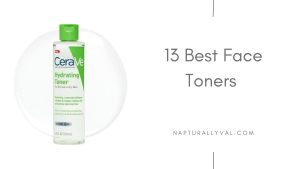Styling gels can be a naturalista’s best friend when it comes to achieving sleek, defined styles. Whether you’re going for a slicked-back bun, defined curls, or laid edges, gels give that polished, smooth look. However, when it comes to 4C hair, particularly those delicate edges, styling gels can sometimes cause more harm than good if not used properly.
I understand the balance needed between styling and protecting our fragile edges. In this blog post, I’ll walk you through the steps and tips on how to use styling gels on 4C hair without compromising the health of your edges. If you’re struggling with thinning or breakage around your hairline or simply want to prevent damage, this guide is for you.

Feel like your hair has been the same length forever, I’ve an Ebook that will help you grow your hair healthier, longer and thicker. Grab your copy here… Also, check out all the Ebooks,guides and journals that will go a long way in your hair care journey here.
Table of Contents
How to Use Styling Gel Without Damaging Edges.
Why 4C Hair and Edges Need Extra Care
4C hair is characterized by tight, dense curls, which makes it naturally dry and prone to breakage, especially around the edges. The hairline is the most delicate part of your head, with finer, shorter strands that are more vulnerable to stress. Styling gels, especially those with harsh ingredients, can strip your edges of moisture, cause buildup, or even lead to thinning and hair loss if used excessively.
But don’t worry, you don’t have to abandon gels altogether! The key is using them wisely and knowing how to protect your edges in the process.
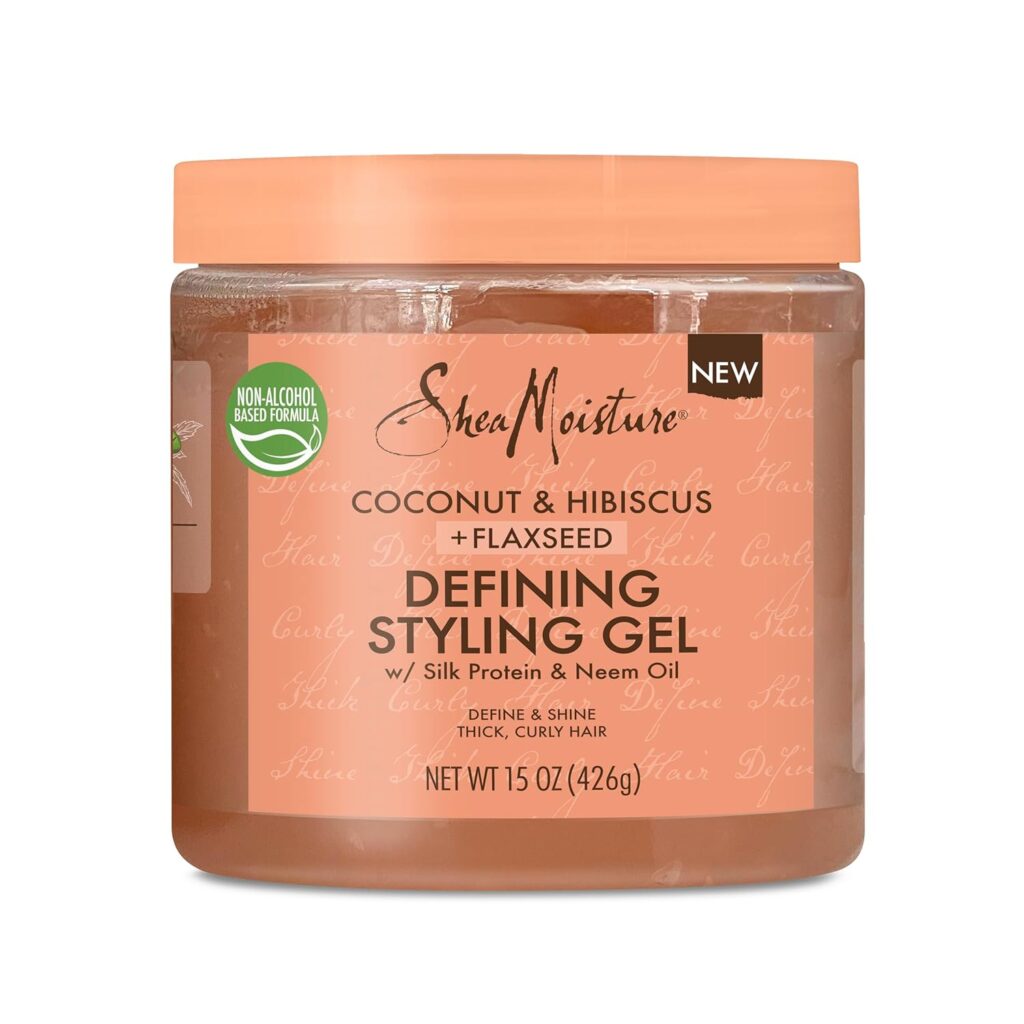
How to Use Styling Gels on 4C Natural Hair To Avoid Edges/Hairline Damage.
1. Choose the Right Gel for Your Hair Type
Not all styling gels are suitable for 4C hair, and choosing the wrong one could be the difference between healthy, thriving edges and brittle, breaking hair. Many traditional gels contain alcohol or other drying ingredients that can dehydrate your hair and lead to breakage, especially around the edges.
How to Choose the Right Gel:
- Look for alcohol-free gels. Alcohol is one of the main culprits behind dryness and breakage. Instead, opt for gels that contain moisturizing ingredients like glycerin, aloe vera, or flaxseed oil.
- Opt for a flexible hold. Gels that promise “extreme hold” can often leave your hair stiff and crunchy, which isn’t great for your edges. A flexible hold gel is easier on your hair and still gives you the definition you need.
- Water-based gels are your friend. Gels with water as the first ingredient are more hydrating and less likely to cause buildup. These types of gels will give your edges a sleek look without over-drying them.
Some Great Gel Choices for 4C Hair:
- Eco Styler Olive Oil Gel: This is a water-based gel with no alcohol and a good amount of olive oil, making it moisturizing while offering a strong hold.
- Aunt Jackie’s Flaxseed Elongating Gel: This gel has a flexible hold and contains natural ingredients like flaxseed oil, which promotes healthy hair growth.
- Camille Rose Curl Maker Gel: Made with natural ingredients like marshmallow root and agave, this gel offers hold and hydration, perfect for defining curls without damaging your edges.
2. Prep Your Hair and Edges Before Applying Gel
The prep work is just as important as the gel itself. If you apply gel directly to dry, unmoisturized edges, you’re setting yourself up for breakage. The key is to make sure your hair and edges are hydrated before the gel goes on, creating a barrier that protects your hair from potential damage.
How to Prep Your Hair:
- Start with clean hair. Before applying gel, make sure your hair is clean and free of buildup. Gels can accumulate on your hair and scalp over time, causing your edges to become clogged and weak.
- Moisturize first. Apply a light leave-in conditioner follow up with a moisturizing oil (like jojoba oil or castor oil) to your hair and edges. This will lock in moisture and create a protective layer between your hair and the gel.
- Don’t forget about your edges! Pay extra attention to your edges by applying a lightweight edge oil or cream. Castor oil is a great option because it promotes hair growth while adding moisture. Let the product sit for a few minutes before applying gel to ensure your edges are fully hydrated.
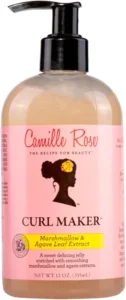
3. Be Gentle When Applying Gel
Once your hair and edges are prepped, it’s time to apply the gel—but gently! How you apply the gel makes a big difference in whether your edges will stay intact or not.
How to Apply Gel Without Damaging Your Edges:
- Use a small amount. Less is more when it comes to gel, especially around your edges. Start with a small amount and only add more if needed. Overapplying can lead to buildup, which clogs the hair follicles and makes it difficult for your edges to breathe.
- Use an edge brush or toothbrush. When applying gel to your edges, use a soft-bristle edge brush or a toothbrush. These tools are gentle and won’t tug or pull on your edges, helping to prevent breakage.
- Work in sections. For the best results, section off your hair and apply the gel to each part, including your edges, slowly and carefully. This ensures even distribution without excess product piling up on your hairline.
4. Don’t Over-Manipulate Your Edges
One of the biggest mistakes people make when using gel is constantly touching or restyling their edges. The more you manipulate your edges, the more stress you put on them, which leads to breakage. If you lay your edges in the morning, resist the urge to keep restyling throughout the day, as this can weaken your hairline.
How to Avoid Over-Manipulation:
- Lay your edges once and leave them alone. After you’ve applied your gel and styled your edges, leave them alone. Reapplying gel multiple times a day can lead to product buildup and breakage.
- Wear a silk or satin scarf overnight. To maintain your edges and style for the next day, wrap a silk or satin scarf around your hair at night. This will protect your edges from friction and help the gel set without drying out your hair.
- Use water to refresh, not more gel. If you feel like your edges need a touch-up, avoid adding more gel on top of what’s already there. Instead, lightly spritz your edges with water and smooth them down with your fingers or a brush.
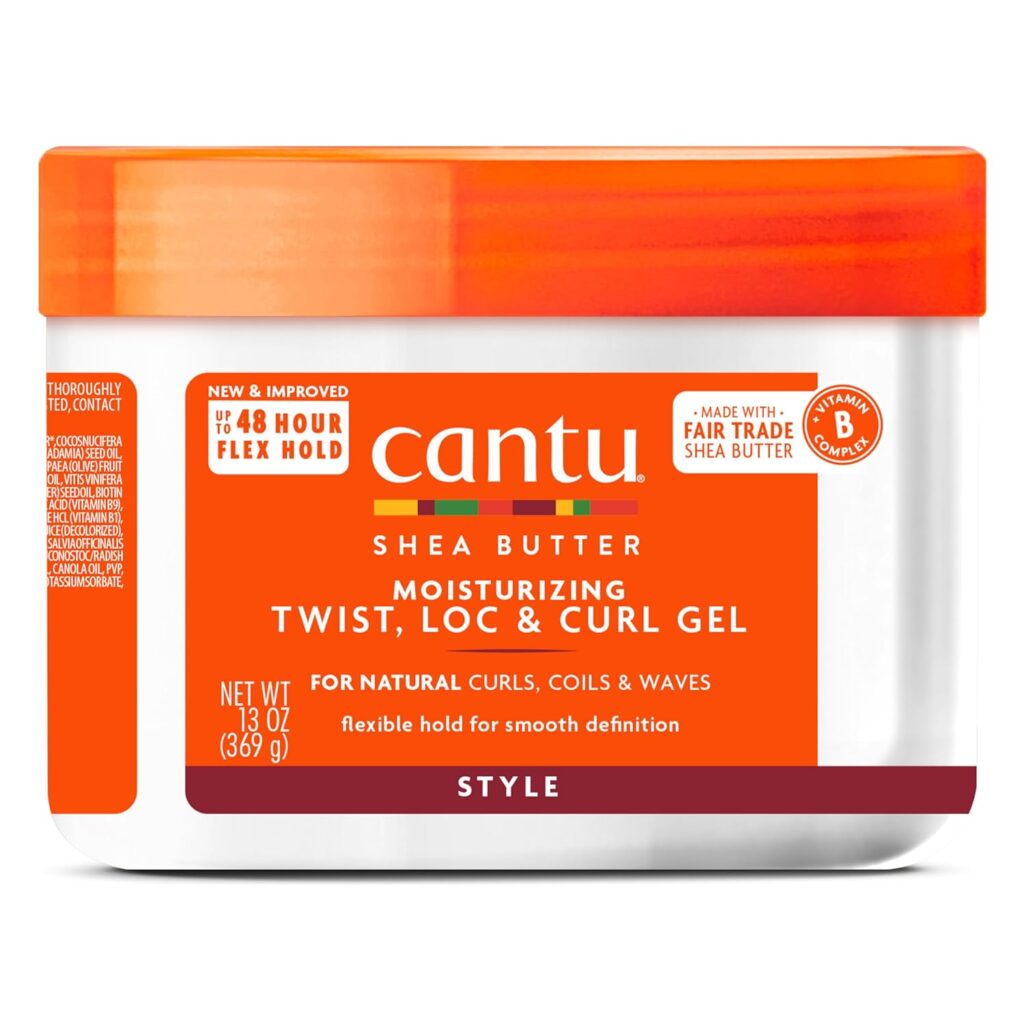
5. Be Mindful of Buildup
Using gel too often can lead to buildup on your scalp and edges, which can clog your hair follicles and stunt growth. Buildup can also suffocate your hairline, causing thinning or bald spots over time.
How to Manage Gel Buildup:
- Wash regularly. Make sure to wash your hair and scalp regularly, especially if you’re using gel often. Use a sulfate-free shampoo or a clarifying shampoo once a month to remove buildup without stripping your hair of its natural oils.
- Co-wash in between washes. On days when you don’t want to do a full shampoo, try co-washing your hair. This helps to cleanse the scalp and refresh your hair without drying it out.
- Use a scalp massager. While washing, use a scalp massager to gently exfoliate your scalp and remove excess product. This will help keep your hairline clean and promote healthy hair growth.
6. Protect Your Edges with Low-Manipulation Styles
Low-manipulation styles are your best friend when trying to protect your edges. High-tension styles like tight ponytails, slick buns, or tight braids can cause pulling, leading to traction alopecia (hair loss due to tension on the scalp). These styles, especially when combined with gel, put extra stress on your delicate edges.
How to Style Without Straining Your Edges:
- Loose buns or puffs. Instead of pulling your hair back into a tight bun or ponytail, opt for looser styles that don’t put tension on your hairline.
- Twist-outs or braid-outs. These styles allow you to define your curls without using too much gel on your edges or constantly pulling them back.
- Headwraps and scarves. On days when you don’t want to deal with laying your edges, wear a headwrap or scarf to give your hairline a break.
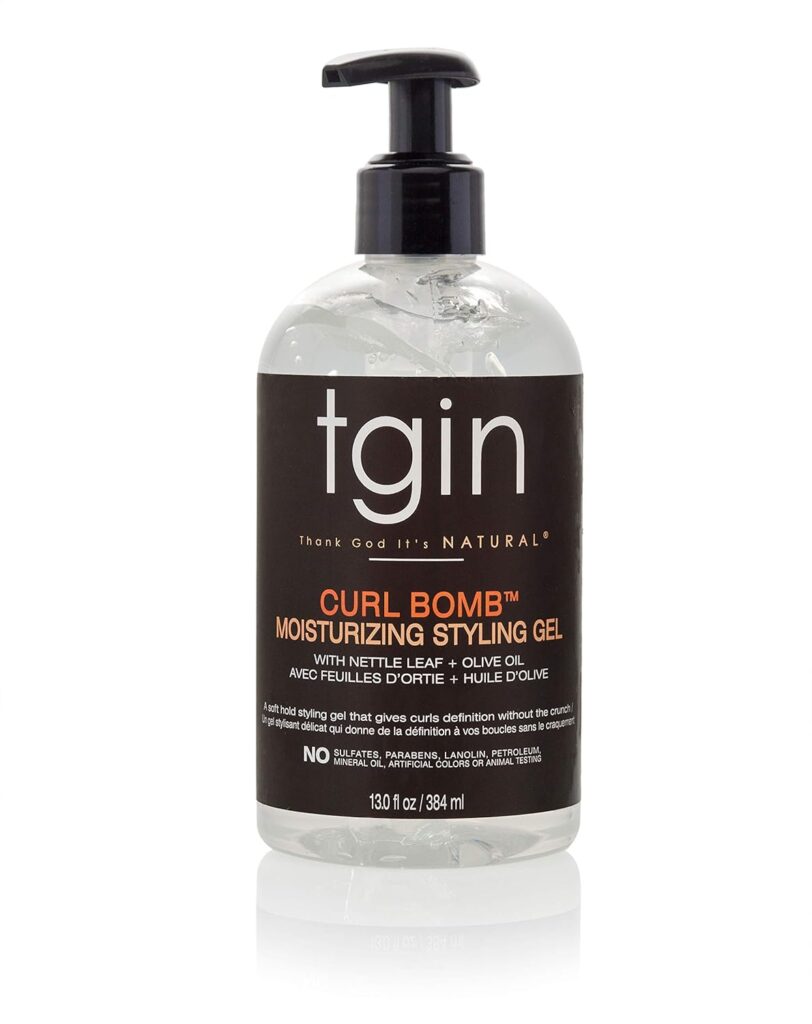
7. Nourish Your Edges After Gel Use
Just like your hair needs a deep conditioner after a protective style, your edges need extra care after repeated gel use. Styling gels can cause dryness, so it’s important to restore moisture and nourish your edges regularly.
How to Nourish Your Edges:
- Use a hair growth oil. Apply castor oil, peppermint oil, or tea tree oil to your edges at night. These oils stimulate hair growth and help maintain moisture levels.
- Give your edges a break. If you’ve been laying your edges daily, give them a break for a few days. Let your hairline breathe, and avoid any gels or heavy products during this time.
Using styling gels on 4C hair is totally doable without damaging your edges—as long as you’re mindful of the products you use, how you apply them, and how often you’re manipulating your edges. By moisturizing before applying gel, choosing the right gel, and giving your hairline a break from time to time, you can keep your edges healthy while still enjoying the sleek, defined styles you love.
Remember, your edges deserve just as much TLC as the rest of your hair, so treat them gently and with care. What’s your favorite styling gel, and how do you keep your edges intact? Share your thoughts in the comments below!


